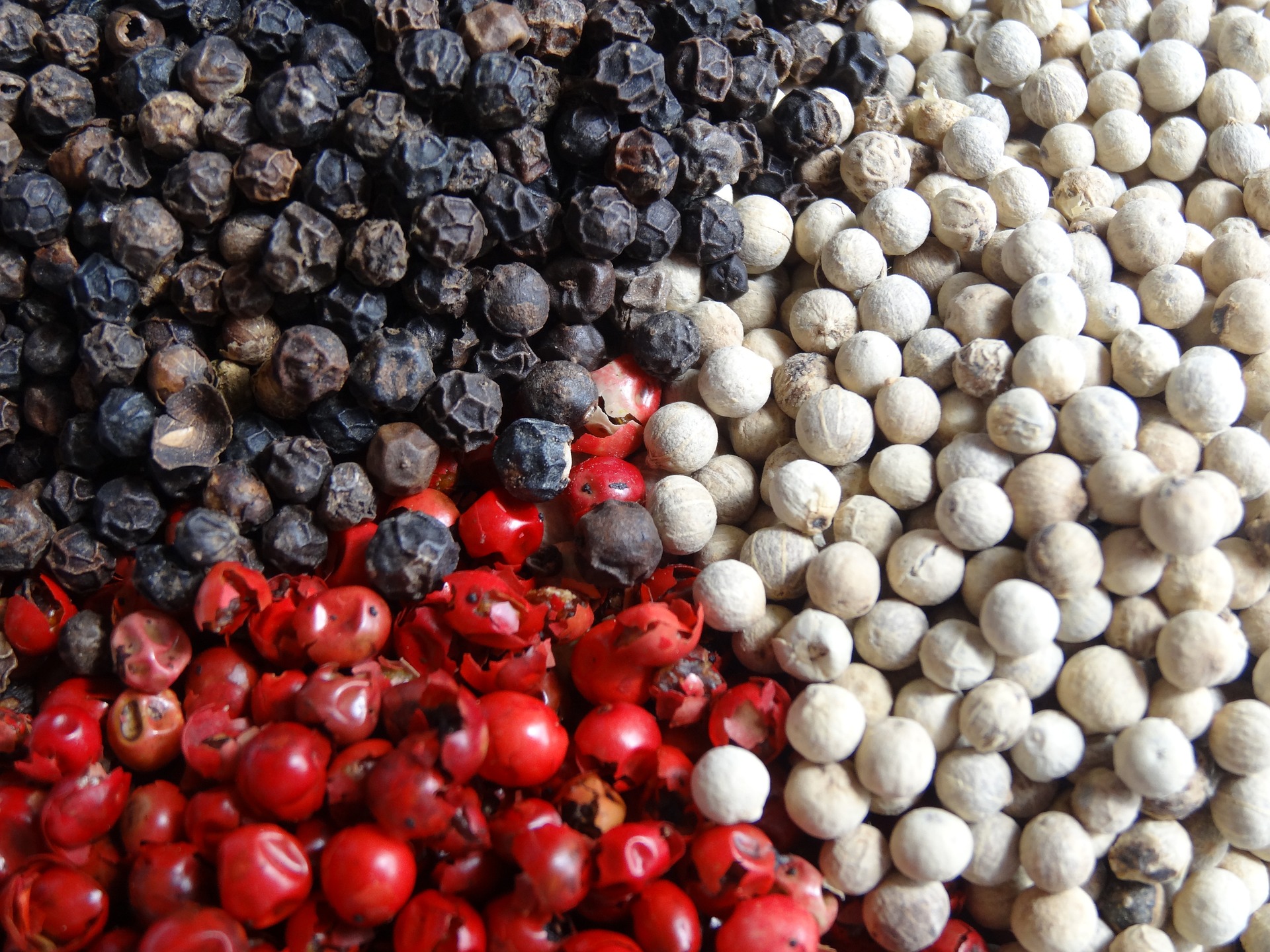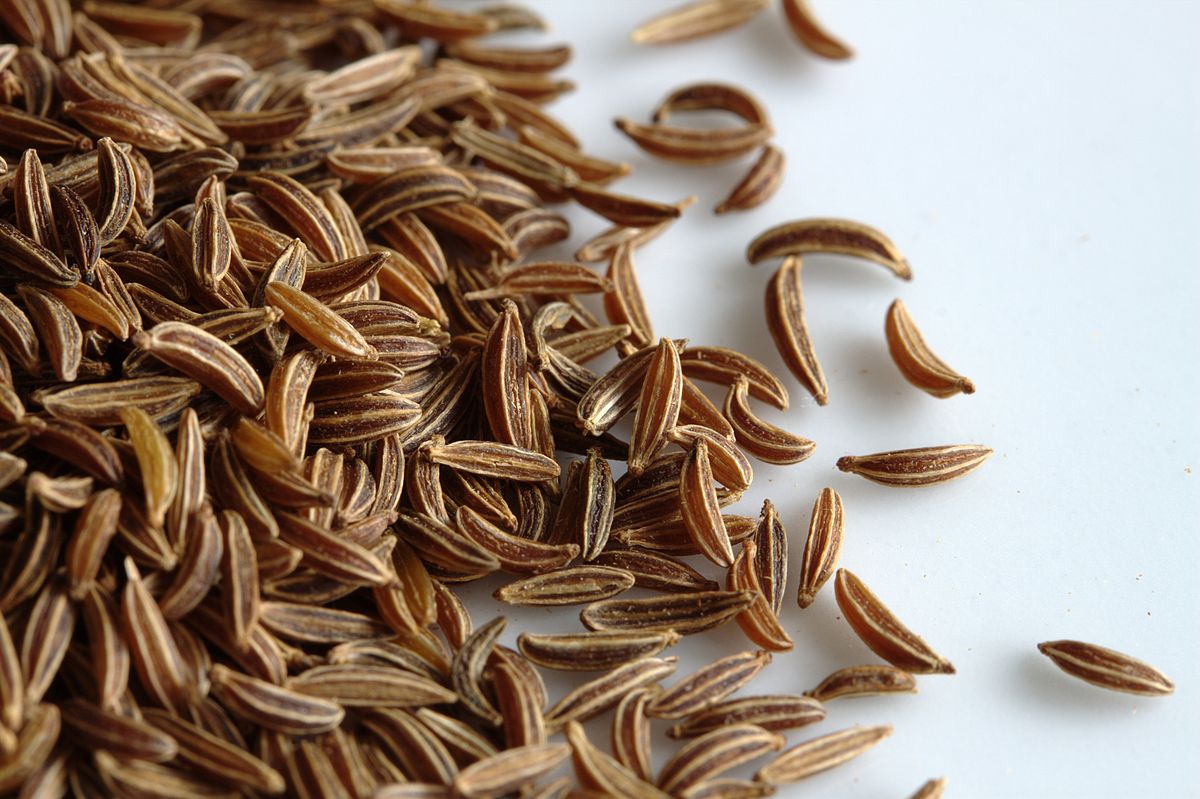Zahara or saffron is an ancient spice which consists of the red dried stigmas of the purple flower of the crocus plant (Crocus Sativus).
Name - Origin
It is the iridium bulbous plant crocus, from the flower of which yellow-coloured dye is extracted (Yangoullis 2009, entry σαφράν - ζαφράν - σουφράνι,το, 417).
Saffron is an ancient spice which consists of the red dried stigmas of the purple saffron flower (Crocus Sativus). In Greece it is cultivated mainly in the Kozani area by the Kozani Cooperative. Nearly all of the production of Kozani saffron, which is of excellent quality, is exported to Europe, America and Asia. The ancient Greeks used to make saffron buns, a tradition that continues only in Astypalaia, where the characteristic unsweetened yellow buns are kneaded by every family at Easter.
ETYM. < French safran (sing. zafaran) < middle ages Latin safranum < Persian za' farān - Arabic za'frān (Yangoullis 2009, entry σαφράν - ζαφράν - σουφράνι,το, 417)
Saffron originated in Ancient Mesopotamia and the word saffron derives from the Persian word azafran. In Greece and Cyprus the crocus spice is also known by the words zafora, zafoura, tzafora and zafourana.
The flowers are collected and then their red stigmas are removed. The stigmas are dried and stored.
Functional and symbolic role
The red threads of saffron, whole or ground, have been used since ancient times in cooking, perfumery, dyeing, medicine and as materials for rituals.
Today, saffron is one of the "sixty odoriferous species" used every ten years in the Patriarchate of Constantinople by the "Myrepsous" for the preparation of the Holy Myrrh. In fact, Holy Myrrh owes its bright yellow colour to saffron.
Additional information and bibliography
Eugenia Petrou-Poeitou notes that zahara or zafora gives aroma and colour to pilafs or flaounes (Petrou-Poeitou 2013, entry Ζαχαρά-Ζαφορά, 44).
Yangoullis K. G. (2009), Thesaurus of the Cypriot dialect. Interpretative, Etymological, Phraseological and Nomenclatural Dictionary of the Medieval and Modern Cypriot Dialect, Theopress Publications, Nicosia.
Petrou-Poeitou E. (2013), Where do they come from. Words and stories from the world of taste, Epiphaniou Publications, Nicosia.
Florentia Kythraiotou, Tonia Ioakim, Argyro Xenophontos

